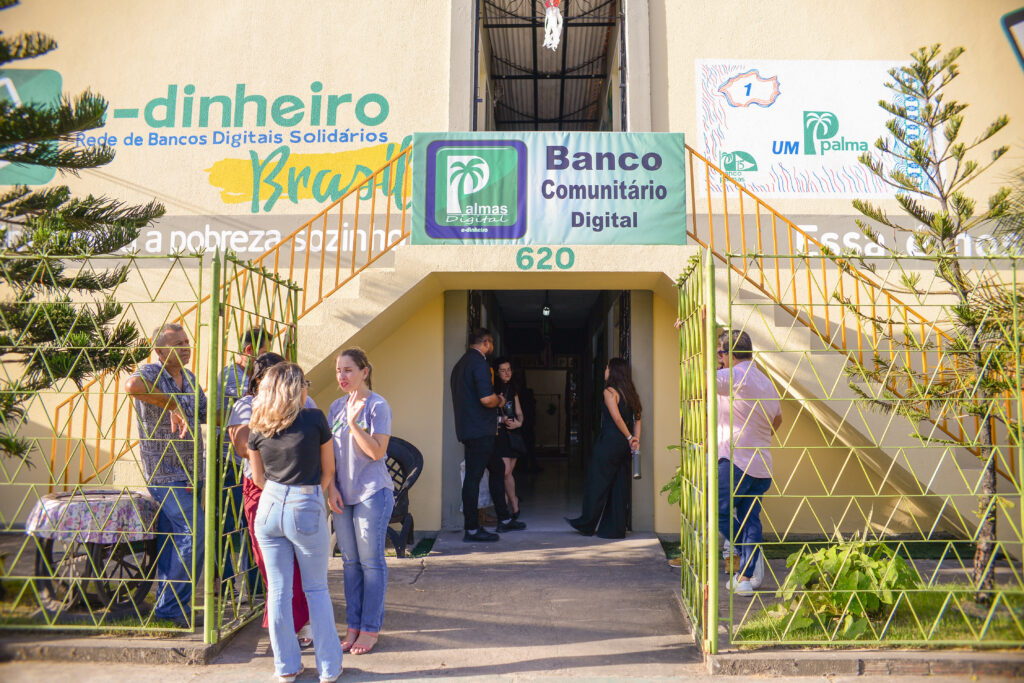Smart devices, fast internet, and instant payments are just some of the innovations that have changed our lives significantly in the last 10 years. As we gear up to celebrate the tenth anniversary of Financial Inclusion Week, I want to take a hard look at financial consumer protection – something that has been important to me since the early days of my career.
As a sector, we’ve made a lot of progress toward financial inclusion in the last decade. Many more people are now included in formal financial services. The gender gap has reduced from 9 to 6 percentage points in developing economies. And two-thirds of adults worldwide have now made or received a digital payment. However, our work is far from done.
Today, two billion people remain financially underserved and 3 billion people don’t have access to the internet. This means it’s going to be even more challenging as we seek to reach people at the base of the pyramid, because they represent the most vulnerable segments. For them, even the slightest error could mean skipping a meal, or choosing which child to send to school.
It’s going to be even more challenging as we seek to reach people at the base of the pyramid, because they represent the most vulnerable segments. For them, even the slightest error could mean skipping a meal, or choosing which child to send to school.
Despite a lot of time spent across the sector in recent years focusing on consumer protection, with the entrance of digital technologies and systems such as generative Artificial Intelligence (AI) and Digital Public Infrastructure and new tech-led players, we have simply transferred activities, without adequate safeguards or regulations. For instance, legal and supervisory frameworks enacted by financial supervisors may not extend to applications that are launched and accessed through smartphones. Formats and disclosure vary widely for players offering digital financial services because app interfaces or USSD interfaces are not the best suited to provide detailed explanations.
Fair treatment and business conduct look different when we speak of digital interfaces, inbuilt incentives, and data biases. This is especially important given the increasing use of AI in the financial industry. Dispute resolution mechanisms continue to be broken and we’re contending with newer risks, including cybersecurity attacks and fraud. All these are more prevalent online and other issues, such as gender-based violence now extend to the victims’ online environments.
In some countries, Digital Public Infrastructure (DPI) has been a huge enabler of access to financial services, but while celebrating and expanding its potential, we need to consider safeguards that protect the most vulnerable. We also need to invest in governance innovation to ensure accountability for everyone using the end services that result from DPI.
We’re also facing a challenging macro environment, as well as the increasing severity of climate shocks, and asset erosion. Each of these factors, individually and combined, has an impact on economic growth. In the face of such a complex interrelated web of risks which interact in unpredictable ways, we need to build resilient systems that can stand up to these never-before-seen risks – and consumer protection has to be at the very center.
We need to build resilient systems that can stand up to never-before-seen risks – and consumer protection has to be at the very center.
As we come together to discuss financing the future and shaping the next decade of inclusive finance, here are three priorities we need to keep top of mind as we work toward our shared goal of creating a fair and inclusive economy:
1. Adopt a systems lens to tackling consumer protection.
Interaction between the financial and digital and technology systems has made it easier for good and bad actors to be agile and innovative. Unless we adopt a systems view to tackling consumer protection risks, we are forever going to play “catch-up”. Instead of working in our individual siloes, we need greater cooperation, partnerships, shared information, common purpose and empowered execution.
2. Measure consumer protection through the lens of trust.
While new technologies have led to a huge expansion in financial inclusion, many newly opened accounts remain dormant. Much of this has to do with trust. The 2022 Edelman Trust Barometer notes that although trust in financial services has improved over the years, it remains one of the least trusted sectors, indicating that there’s a lot more left to do. Retaining trust is crucial to ensuring new entrants continue using services and justify huge investments in digital infrastructure. If we are to truly deliver on consumer protection, we need to understand the factors that enable trust and prevent its erosion.
3. Focus on consumer outcomes.
We know that financial services play a significant part in the complex web of low-income clients’ financial lives, so we have to ensure the products we provide enable people to lead better lives. The key to delivering business value is consumer value, and we need to hold ourselves and our organizations accountable to ensure the services we provide make a real difference to the people we serve.
Financial Inclusion Week runs from October 15 to 18. Join the conversation by registering here.











